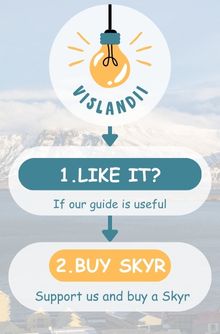Iceland's Western Fjords or Westfjords are a special and unlike any other part of Iceland. This region is distinguished by its nature, landscapes, and history. The Western Fjords region is the largest peninsula in Iceland, it stretches far to the northwest, between the bays of Breidafjordur and Hunlafla.
The Western Fjords are a region with one of the most rugged coastlines in all of Iceland. A huge number of coves, cliffs and steep shores. There is no ring road leading here and there are almost no paved roads, but if you have rented a four-wheel drive car, then you should definitely stop by. You will not find crowds of tourists here, as in other parts of Iceland, and there are not many locals left here, but you will be greeted by the pristine beauty of these places.
If you want to find a tour to Westfjords or is interested in ferry in that region - try to check here.
Content:
- Isafjordur is the capital of the Western Fjords of Iceland
- Bardastrond area and Latrabyarg rocks
- Isafjordur Coastline
- Hornstrandir Nature Reserve
- Strandir District
- 5 Reasons to Visit the Western Fjords
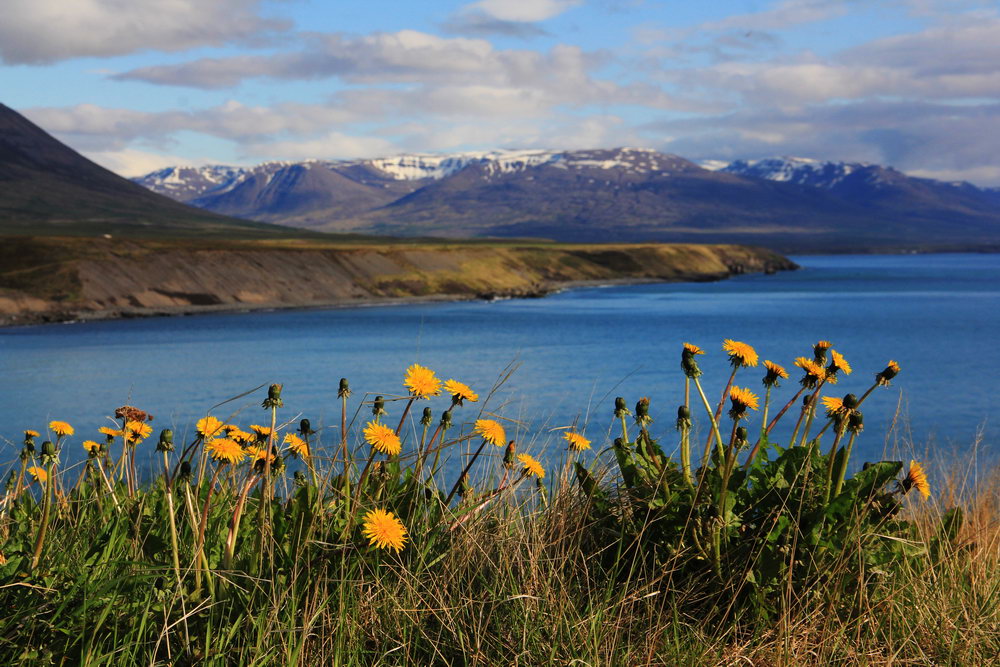
Isafjordur is the capital of the Western Fjords of Iceland
The capital of the western fjords is the town of Isafjordur. Less than three thousand people live in it today, and still it is more than half of all residents of the region. The town is Isafjordur, once called Airy (Sand Spit). The Western Fjords region of Iceland is one of the most desolate regions of the country, fewer people live only in the mountainous area in the center of Iceland - the Highlands.
The Western Fjord region has its own highland, which is located in the center of the region. Almost the entire peninsula consists of basalt rocks with sparse vegetation, the Drangayokul glacier rises above all this. In many places, fossilized remains of plants have been found between layers of lava that were buried there during numerous volcanic eruptions.
Bardastrond district and Latrabyarg rocks
The Bardastrond area stretches from the main fjord of Gilsfjordur to the Arnarfjordur fjord. There are also many small but very picturesque fjords in this region, especially on the southern coast of the peninsula. The extreme western tip is the Raudarsandur district (Red Sands). The winding Latrabjar cliffs rise 440 meters above sea level and end near the Bjargatangur Lighthouse, the westernmost point of Iceland and Europe.
A very popular excursion to the Latrabjarg Rocks, 441 meters high and 14 km long, is the westernmost point in Europe and the largest rock in Iceland. In the summer, the largest bird market in Europe is located here - a place where thousands of different birds nest. The cliffs come to life thanks to the millions of birds nesting on the steep slopes. The cliffs and Cape Latrabjarg are one of the best places for bird watching and of course you can meet puffins here - the symbol of Iceland.
If you are lucky, then on the way to the cliffs on the coast you can see seals, and perhaps even whales swimming close to the shore. A few hours away from Cape Latrabyarg, the Dinyandi River flows with a waterfall that drops its waters from a height of 90 meters, and below it is divided into five smaller waterfalls that eventually reach the ocean.
North of the Blackness, the "real" western fjords are taking over. Here are the largest fjords of Iceland - Arnarfjordur and Isafardarju.
There are many small islands in the waters of the Breiðafjörður fjord, which belong to the Barðaströnd district. The largest of them is Flatey Island, where the local community flourished until the middle of the 20th century.
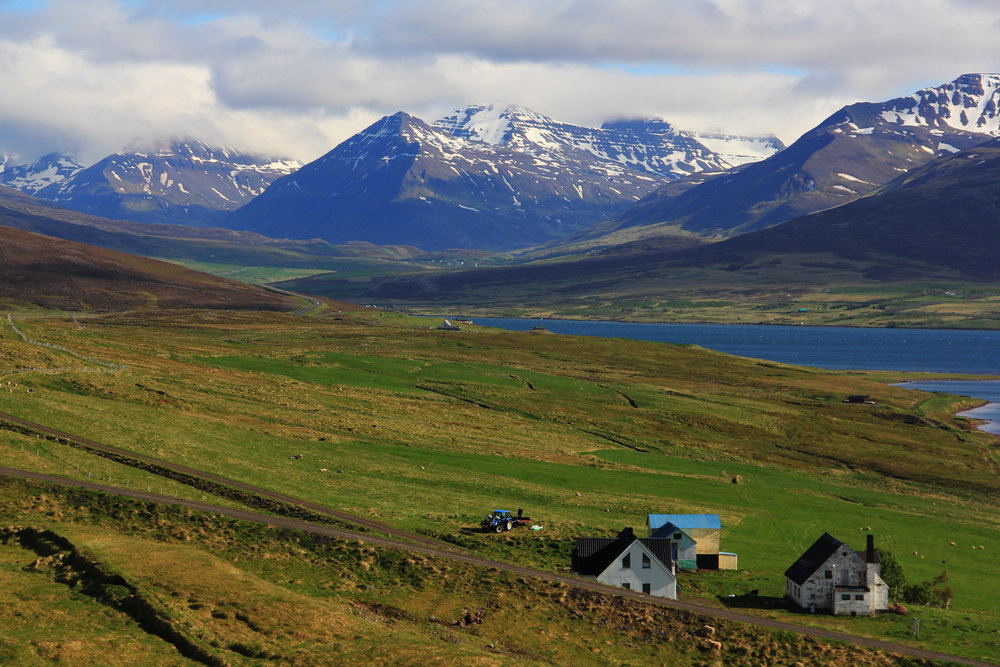
Isafjordur Coastline
The coastline of Isafjordur is longer than any other in this area of Iceland, because nowhere else is there such a rugged coast. There are very few low-lying areas throughout the Western Fjord region. The fjords are separated by high mountains, which have prevented communication and travel between neighboring areas since ancient times. In many areas of the Western Fjords, there is a threat of avalanches in winter. Many fjords are long and deep, but at the same time there are a lot of natural harbors.
There are several lakes in this area, but all the rivers are short - from glaciers to the ocean.
The Isafjörðurdjúp fjord system is the largest fjord in Iceland. The islands of Æðey and Vigur are well known for their farms, however, the largest farms can be found in Mirum and Lacura in Dirafjordre. There are seven smaller fjords on the south side of the Isafjörðurdjúp fjord, and the Yekulfjordur fjord approaches from the north.
Despite the huge open spaces - there is very little vegetation and greenery in this area - only rocks and ice. The only exceptions are the valleys in the upper part of the fjords.
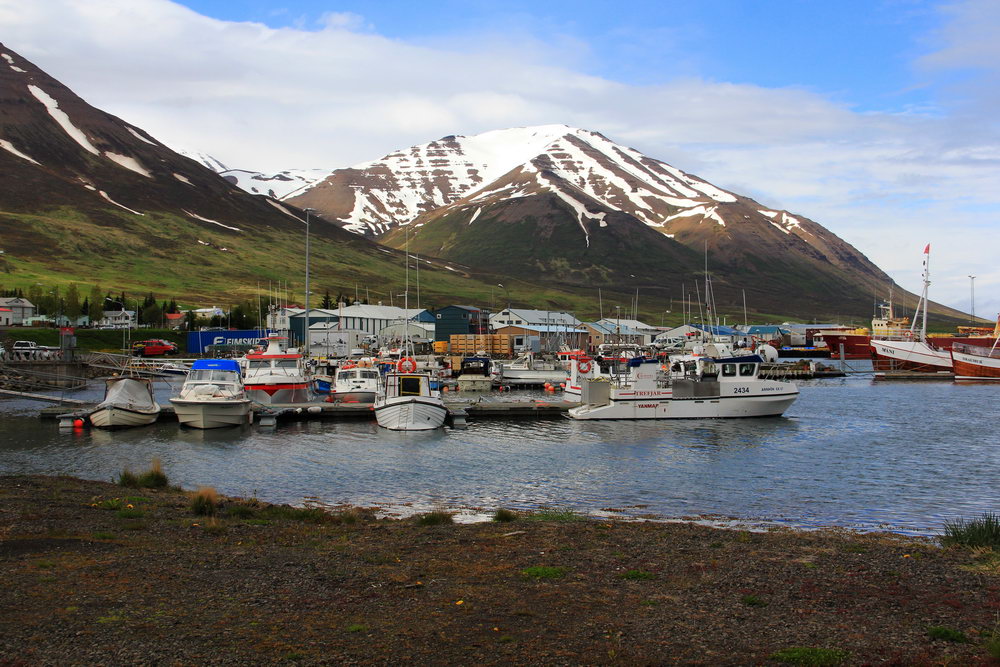
Hornstrandir Nature Reserve
Previously, the territory of the Hornstrandir Nature Reserve was densely populated. People lived off the sea and the birds that nest here. But now these villages are abandoned. The last Hesteiri settlement lasted until the second half of the 19th century. Its inhabitants worked at the whaling station and herring fishing.
Hornstrandir is now a protected area and boasts many popular hiking trails. The nature reserve covers the entire Hornstrandir area and includes the bays of Flutvik and Adarvik, as well as the fjords of Jokkuljordjur.
A trip to the Hornstrandir area should be planned in advance. Since a special permit is required to visit this area. It should also be borne in mind that the weather conditions in this area can be very hostile, and mobile communications may not be available. It is very important to travel with all the food you need, equipment for an autonomous existence, as well as a good map. Additional information is available at the tourist information centers in Isafjordur and Holmavik.
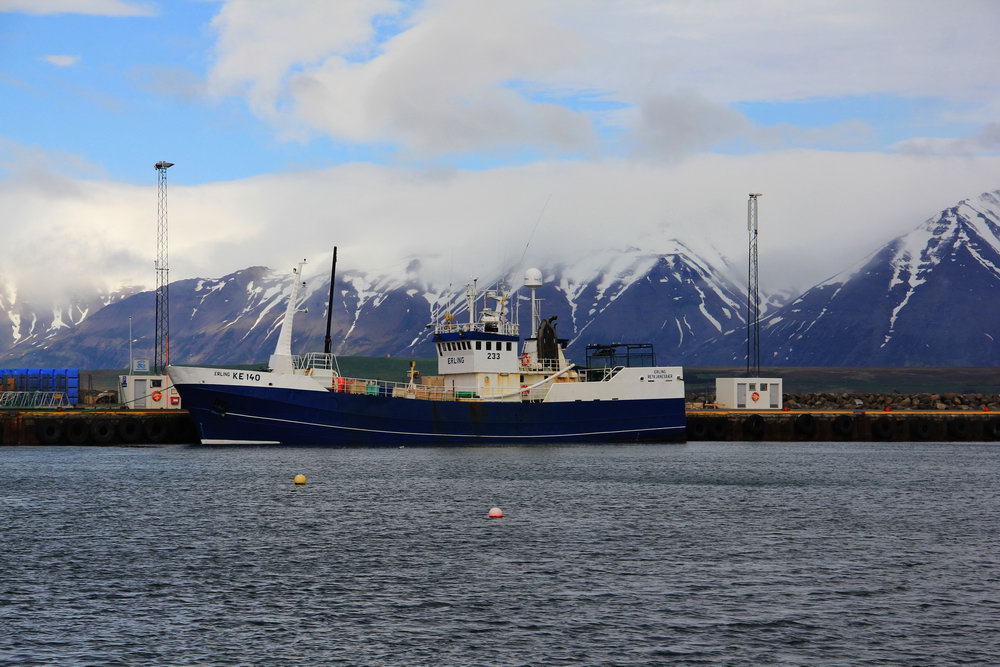
Strandir District
The Strandir district is located on the western shore of Hunafloy Bay. Coves and fjords cut through the entire coastline and created amazing landscapes. Rocks and cliffs rise out of the water. The fjords in the area are mostly short, and the longest of them are Steingrímsfjörður and the fjord of the Rijkjarfjordur. There are many islands and skerries on the coast. The largest island is Grimsey.
No one lives permanently on the north coast anymore because of the harsh climate and barren land. Shark fishing used to be popular in the town of Gegure, which was a famous fishing station.
A minute of Iceland's geology:
Basalt is the main type of rock in the Vestfjords, but rhyolite can also be found, between Arnarfjordur and Dirafjordur. Lignite can often be found in the mountains of the Vestfjords, for example in Stálfjall and in the Brjánslækur area.
5 Reasons to Visit the Western Fjords
Despite the severity and desolation of this region of Iceland, it is worth a visit, and here are just a few reasons:
- Watch the bird life on the rocks of the capeLatrabjarg - here, in the summer, there is one of the largest colonies of birds.
- Take a look at the powerful Dynjandi waterfall, which falls from snow-capped and glacier-covered peaks directly into the cold waters of the ocean.
- Visit the Hornstrandir Nature Reserve and explore its deserted territory - only here you can enjoy solitude and relax from the crowds of tourists. which fill Iceland every summer.
- Visit the Museum of Witchcraft in Holmavik and Strandir.
- You probably won't catch a whale to go sea fishing in Arnarfjordre, but it's quite possible to see it.

